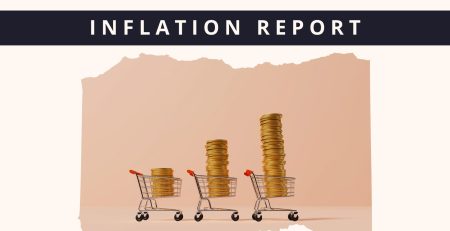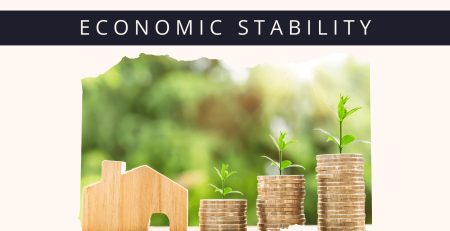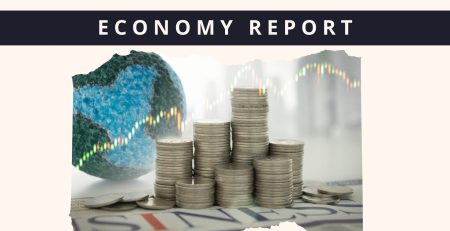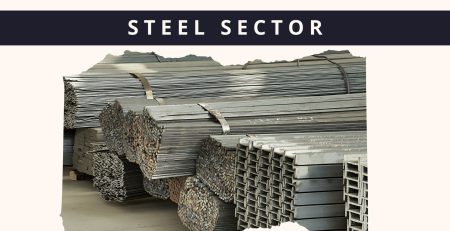Textile exports in Pakistan show significant growth
Textile exports rebound in May 2024
In May 2024, Pakistan’s textile exports saw a notable rebound, continuing the upward trend since December 2023. Exports increased by 18% year-on-year (YoY) to approximately USD 1.56 billion. On a month-over-month (MoM) basis, exports rose by 26%, primarily due to the clearance of backlog orders and the start of the summer season.
Year-to-date performance
For the first eleven months of the fiscal year 2024 (11MFY24), cumulative textile exports reached around USD 15.2 billion, reflecting a marginal increase of 1% compared to the same period last year (USD 15.03 billion).
Breakdown of textile exports
During May 2024, basic textile exports declined for the third consecutive month, amounting to around USD 239 million, down 14% YoY. This decline was mainly due to reduced exports of cotton yarn. In contrast, value-added exports surged by 29% YoY, reaching approximately USD 1.15 billion. This increase was driven by higher exports of knitwear, bedwear, and ready-made garments, which rose by 24%, 38%, and 31% YoY, respectively. Other textile exports also rebounded with a 15% YoY growth in May 2024, following a decline in the previous two months.
📢 Announcement: We're on WhatsApp – Join Us There!
Here's what you get:
- Member-Only Discussion Community
- Research Reports with Explanations & Expert Views
- Access to Exclusive KSEStocks Market Reports
- Model Portfolio with Clear Investment Rationale
- Monthly Portfolio Review & Health Check
- On-Demand Stock Coverage Requests
- PSX Facilitation (CDC Account, Share Transfer, Physical Conversion)
| Segment | May-24 (USD Mn) | May-23 (USD Mn) | YoY Change | Mar-23 (USD Mn) | MoM Change | 11MFY24 (USD Mn) | 11MFY23 (USD Mn) | YoY Change |
|---|---|---|---|---|---|---|---|---|
| Raw Cotton | 0 | 0 | N/M | 0 | N/M | 56 | 13 | 3.2x |
| Cotton Yarn | 64 | 100 | -36% | 54 | 19% | 910 | 737 | 23% |
| Cotton Cloth | 173 | 175 | -1% | 135 | 28% | 1,731 | 1,859 | -7% |
| Cotton Carded & Combed | 0 | 0 | N/M | 0 | N/M | 1 | 1 | -16% |
| Yarn | 2 | 4 | -52% | 2 | -2% | 31 | 41 | -24% |
| Knitwear | 413 | 333 | 24% | 326 | 27% | 3,980 | 4,045 | -2% |
| Bed Wear | 277 | 201 | 38% | 203 | 37% | 2,568 | 2,451 | 5% |
| Towel | 103 | 87 | 18% | 81 | 28% | 968 | 912 | 6% |
| Tents & Canvas | 10 | 9 | 11% | 9 | 6% | 106 | 126 | -15% |
| Readymade Garments | 351 | 268 | 31% | 291 | 20% | 3,239 | 3,172 | 2% |
| Arts & Silk | 34 | 36 | -5% | 28 | 23% | 336 | 379 | -11% |
| Madeup Articles | 67 | 50 | 33% | 53 | 25% | 656 | 635 | 3% |
| Other Textiles | 63 | 56 | 12% | 55 | 16% | 659 | 657 | 0% |
| Total Textile Exports | 1,558 | 1,321 | 18% | 1,237 | 26% | 15,240 | 15,030 | 1% |
Textile production trends
April 2024 production increases
The latest data from the Pakistan Bureau of Statistics (PBS) showed a 3.4% YoY increase in textile production for April 2024. This growth was mainly driven by increased production of cotton yarn and woolen worsted cloth, which rose by 4% and 120% YoY, respectively. Additionally, the production of woolen blankets resumed, compared to zero production in April 2023.
Production stability and future outlook
However, textile production remained flat for the past three consecutive months since January 2024 and declined by 5% MoM in April 2024. For the first ten months of FY24 (10MFY24), production was down by 7% YoY.
Challenges ahead
The textile sector faces significant challenges following the release of the Budget 2025. The government plans to raise the power tariff for the sector by an additional 2 cents/kWh, bringing the rate to 16.4 cents/kWh. Additionally, there is a proposal to shift the export tax from a final tax regime (1% of exports) to a normal tax regime, where taxes will be levied at 29%, rising to 39% with the inclusion of a super tax. These changes are expected to impact the industry further.
Don't miss:
- Which cars are driving the rally in auto stocks?
- Is DGKC going to Rs. 240?
- Why TPLP could go higher.
Moreover, the increase in sales tax from 15% to 18% on local supplies may reduce the sector’s profitability. Adverse weather conditions, including a heatwave that has already damaged 50,000 acres of cotton plantations (9% of Sindh’s total production), also pose a threat. The Pakistan Meteorological Department has forecasted an imminent flash drought due to low rainfall and high temperatures in June.
Government measures to support the industry
On a positive note, the Prime Minister’s recent announcement of reducing the industrial electricity tariff by PKR 10.69/unit is expected to benefit export-oriented industries. This measure is likely to enhance competitiveness in the global market by reducing production costs, thereby stimulating exports in the future.
DIsclaimer:
The information in this article is based on research by Taurus Securities Limited. All efforts have been made to ensure the data represented in this article is as per the research report. This report should not be considered investment advice. Readers are encouraged to consult a qualified financial advisor before making any investment decisions.
⚠️ This post reflects the author’s personal opinion and is for informational purposes only. It does not constitute financial advice. Investing involves risk and should be done independently. Read full disclaimer →













Comment (1)
what is NML stock forecast?